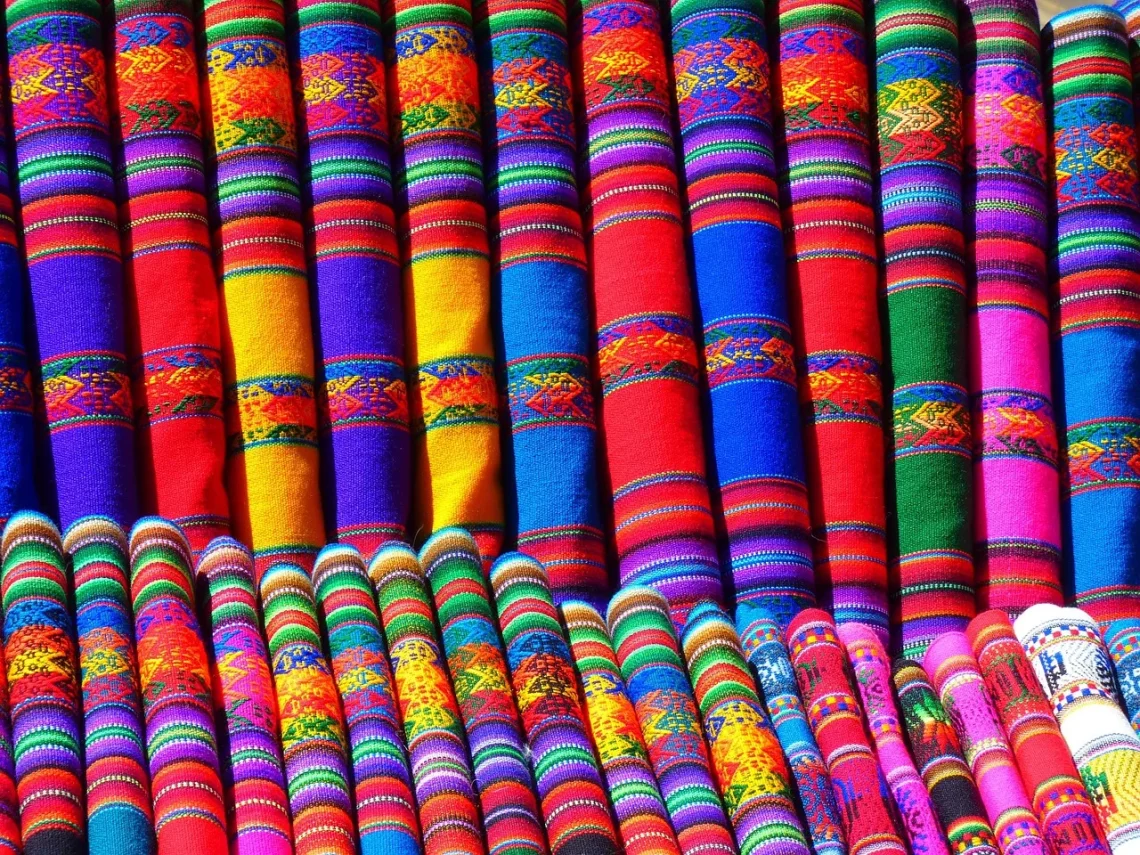
Does Nylon Stretch? Understanding the Properties of Nylon Fabric
Nylon fabric is a versatile and widely used material that has become a staple in various industries, including fashion, sports, and home textiles. Its unique properties have made it a popular choice among manufacturers and consumers alike. Originally developed as a synthetic alternative to silk, nylon has evolved into a fabric that offers durability, elasticity, and resistance to wear and tear. As we delve into the characteristics of nylon, one of the most common questions arises: does nylon stretch?
Understanding the stretching capabilities of nylon is essential for anyone involved in fabric selection, garment construction, or textile design. Whether you’re a fashion designer looking to create form-fitting clothing, a sportswear manufacturer aiming for performance-enhancing gear, or simply a consumer wanting to make informed choices about your clothing, knowing how nylon behaves can significantly impact your decisions.
From its molecular structure to its applications in everyday products, the intricacies of nylon fabric deserve a closer examination. As we explore the properties of nylon, we will uncover how stretching occurs, the factors influencing its elasticity, and the practical implications for those who work with or wear this remarkable material.
What Is Nylon Made Of?
To fully comprehend the stretching properties of nylon, it is crucial to understand its composition. Nylon is a synthetic polymer, specifically a type of polyamide. It is created through a process called polymerization, where monomers like hexamethylenediamine and adipic acid are combined to form long chains of molecules.
The molecular structure of nylon plays a significant role in its characteristics. The long chains of polymer molecules create a strong and flexible material. This flexibility is what allows nylon to exhibit some degree of stretch. Unlike natural fibers, which may have a more rigid structure, nylon can return to its original shape after being stretched, thanks to its elastic properties.
Additionally, nylon can be produced in various forms, including nylon 6, nylon 66, and others, which may exhibit different properties based on their specific molecular compositions. For example, nylon 66 is known for its high strength and resistance to abrasion, making it suitable for heavy-duty applications. On the other hand, nylon 6 is often used in clothing and textiles due to its softer and more flexible nature.
The production process also influences the characteristics of nylon. Depending on the manufacturing techniques employed, nylon can be engineered to have varying degrees of elasticity and stretch. This adaptability makes it an attractive choice for a wide range of applications, from athletic wear to everyday clothing.
The Stretching Mechanism of Nylon
Nylon’s ability to stretch is largely attributed to its molecular structure and the arrangement of its polymer chains. When nylon fabric is pulled or stretched, the long chains of molecules can slide past each other, allowing for elongation. This elasticity is essential in applications where movement and flexibility are crucial, such as in activewear or undergarments.
However, it is important to note that nylon does not stretch indefinitely. The degree of stretch largely depends on the specific type of nylon used, the weave of the fabric, and any additional treatments or blends with other materials. For instance, nylon blended with spandex or elastane can offer enhanced stretchability, making it ideal for form-fitting garments.
The stretching behavior of nylon can also vary with temperature. At higher temperatures, nylon becomes more pliable and may exhibit increased stretch. Conversely, at lower temperatures, it may become more rigid. This property is particularly important to consider for garments used in different climates or conditions.
In everyday use, the stretchiness of nylon can provide comfort and ease of movement. Garments like leggings, swimsuits, and athletic shorts benefit from nylon’s ability to conform to the body without losing shape. This feature not only enhances the wearer’s comfort but also contributes to the garment’s overall durability, as it can withstand the rigors of physical activity without succumbing to wear and tear.
Applications of Stretchable Nylon
The unique stretching properties of nylon have led to its widespread use in various applications. In the fashion industry, nylon is often employed in activewear, swimwear, and undergarments due to its ability to provide support and flexibility. The fabric’s lightweight nature also makes it a preferred choice for outdoor gear, including jackets, tents, and backpacks.
In sportswear, the stretchability of nylon is crucial for performance. Athletes benefit from garments that move with their bodies, allowing for a full range of motion. Additionally, nylon’s moisture-wicking properties help keep the wearer dry during intense physical activities. This combination of stretch and breathability has made nylon a popular choice for brands specializing in athletic apparel.
Beyond fashion, nylon’s versatility extends to industrial applications. Its strength and resistance to abrasion make it suitable for products like ropes, fishing lines, and automotive components. In these contexts, the stretching properties of nylon contribute to the material’s resilience and functionality.
Moreover, the home textiles market has embraced nylon for its ease of care and durability. From upholstery to curtains, nylon fabrics are often chosen for their ability to withstand everyday use while maintaining their appearance. This adaptability ensures that nylon remains a staple in both high-performance and everyday products.
Care and Maintenance of Nylon Fabrics
While nylon is known for its durability, proper care and maintenance are essential to extend the life of nylon products and preserve their stretchability. Washing nylon fabrics with care can prevent damage and maintain their performance characteristics.
When laundering nylon, it is advisable to use cold water and a gentle detergent. Hot water can compromise the fabric’s elasticity and lead to shrinkage. Additionally, nylon should be washed separately from rough fabrics, such as towels or jeans, to avoid abrasion that can weaken the material over time.
Drying nylon is another critical factor in maintaining its properties. It is best to air dry nylon items to prevent heat damage from dryers, which can cause the fabric to lose its shape and stretch. If using a dryer, a low heat setting is recommended, but air drying is always the safest option.
Storing nylon garments properly can also help maintain their elasticity. Avoid hanging heavy nylon items, as this can lead to stretching over time. Instead, fold them neatly and store them in a cool, dry place.
In summary, while nylon is a resilient and stretchable fabric, proper care is essential to maintain its properties and extend its lifespan. Understanding how to wash, dry, and store nylon products will ensure that they continue to perform well and retain their intended shape and elasticity.
In conclusion, nylon fabric offers remarkable versatility and performance, making it a popular choice across various industries. Its ability to stretch, combined with its durability and resistance to wear, makes it an ideal material for everything from activewear to home textiles. As consumers and manufacturers alike continue to explore the properties of nylon, it remains a staple in the world of textiles.
*Please note that this article is not intended as medical advice. If you have health-related questions or concerns, please consult a qualified healthcare professional.*




